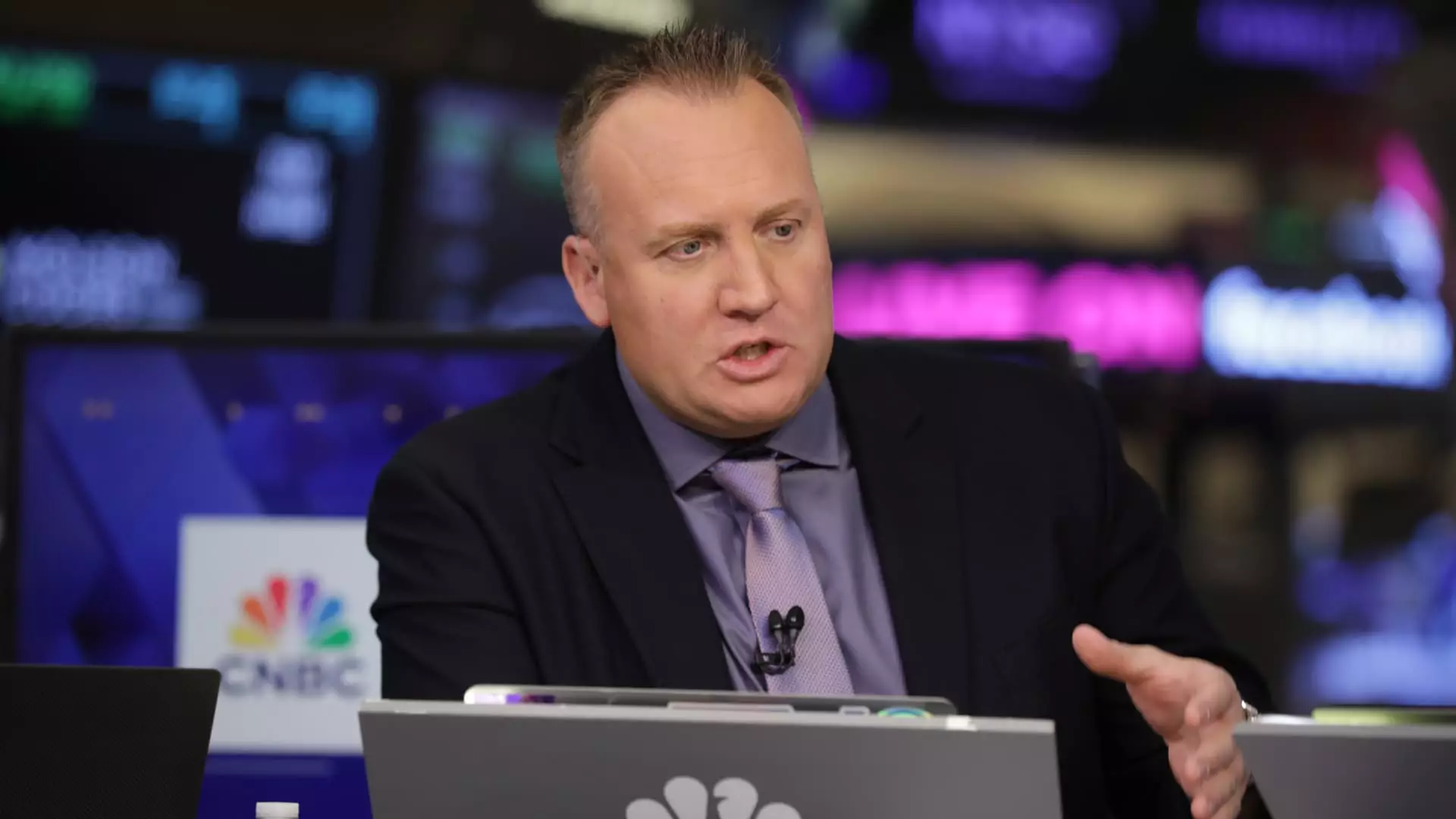Investors have become captivated by the prospect of Federal Reserve interest rate reductions in 2025, clinging to hope that lower borrowing costs will ignite a new surge in stock prices. Yet, such optimism is fundamentally misguided. The market’s obsession with future rate cuts reflects a dangerous misunderstanding of monetary policy’s true impact on economic vitality. Josh Brown, CEO of Ritholtz Wealth Management, succinctly dismisses this narrative, asserting that rate cuts do not possess the power to transform the broader economic landscape or justify inflated valuations. This shortsighted attitude ignores the reality that monetary easing—if it materializes—will be a symptom of deeper economic distress, not a catalyst for growth.
Wall Street’s fixation on a specific timetable for rate cuts reveals a flawed assumption: that monetary policy alone can determine market direction. This creates a fragile optimism, encouraging investors to overlook more pressing indicators such as corporate earnings health, technological innovation, or structural economic trends. Brown emphasizes that current market rallies occurred without the need for lower rates, suggesting that the real drivers are resilient fundamentals rather than central bank interventions. The idea that we are on the brink of a “rescue” via easier policy encourages complacency, and perhaps even recklessness.
The Reality of High Interest Rates and Economic Resilience
Despite expectations of future cuts, the Federal Reserve’s recent communications confirm that interest rates remain elevated—currently between 4.25% and 4.5%. While some Fed officials consider a slight reduction appropriate later this year, there is a notable divergence in the specifics. Many investors are pricing in at least two quarter-point reductions, betting on imminent easing. Such forecasts, however, risk being overly optimistic and potentially misleading.
Brown questions the utility of waiting for cuts that may never come, or that could come too late. The prevailing view is that rates are “probably too high,” but not to the extent that they have stifled growth. The recent market rally, driven by companies like Nvidia and Amazon, demonstrates that corporate fundamentals and innovation remain robust despite elevated borrowing costs. This suggests that the economy is more resilient than anticipated, and that current valuations for tech giants may be justified when viewed through a long-term lens. The market’s elevation does not necessarily require the crutch of easy money; rather, it reflects genuine technological breakthroughs and strategic positioning.
Innovation as the True Economic Driver
Brown underscores that what truly sustains economic momentum is capital expenditure and technological advancement, not the Federal Reserve’s policies. While Wall Street reacts intensely to central bank signals, the real growth engine lies in innovation—particularly in emerging sectors like artificial intelligence. The ascendancy of Nvidia to a $4 trillion market cap exemplifies this shift, highlighting how big tech continues to redefine long-term value. These companies are not merely riding a monetary wave; they are investing intently in future capabilities that could reshape industries for decades.
Amazon’s recent surge in value is another testament to the importance of strategic investments—in this case, Amazon Web Services (AWS)—which Brown views as critical to the company’s long-term dominance. When considering a five- or ten-year horizon, these companies are undervalued. Their current premiums are not detached from reality but are based on the anticipated value they will generate by harnessing AI and digital transformation.
—
In sum, Wall Street’s fixation on imminent rate cuts is not only overly simplistic but potentially perilous. The market’s recent resilience is rooted in real innovation and robust corporate fundamentals, not in the misguided hope that the Fed’s monetary policy will save the day. Investors should be cautious, question the narratives that equate lower interest rates with guaranteed growth, and recognize that true economic vitality stems from technological progress and strategic capital allocation. The illusion of easy monetary easing as a panacea obscures the underlying fundamentals that truly drive sustainable prosperity.

